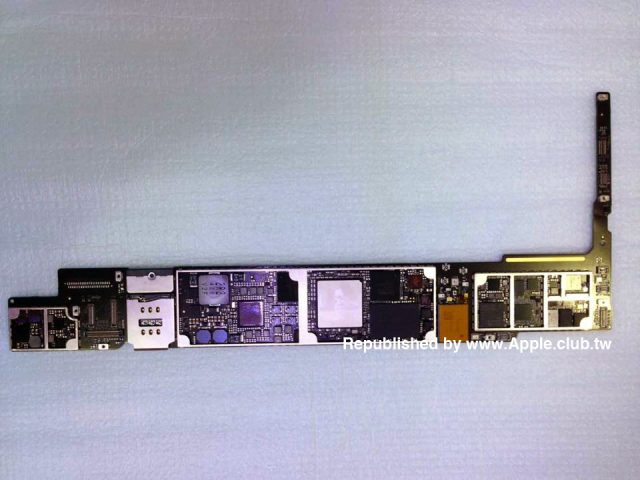
When the iPad went Retina back in 2012, Apple needed to amp up its processors’ graphics power to account for the higher-resolution screens. The result was the A5X, which used the same CPU cores as the A5 but included more GPU cores and a wider, 128-bit memory interface. The A6X did the same thing to the A6 in the iPhone 5. It’s safe to assume the A8X would upgrade the Apple A8 in the same way.
The existence of an A8X would come as a surprise. Last year Apple was able to standardize on the A7 across the iPhone and iPad lineup, which had obvious benefits—the company only had to design one chip, and that chip used less silicon than would a larger A7X. Ordering one part instead of two increases volume discounts and simplifies the supply chain, too.
Given those benefits, Apple would need a good reason to go back to building two SoCs instead of one. There are a couple of things that would make sense: it may be that Apple is planning an even higher-resolution iPad, one that will use the sharper “3x” assets introduced for the iPhone 6 Plus. It might be that Apple simply wanted to boost the iPad’s GPU power beyond what was possible in a smaller phone chassis. In any case, we’ll likely find out more during Apple’s event later this week.
reader comments
53